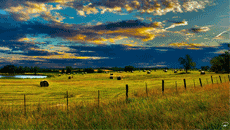
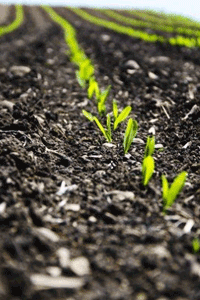
The Crop Estimates Committee (CEC) announced the plant intention for the 2022/23 marketing season at the end of October. Although the plantings for the season thus far are progressing well, the greatest uncertainty remains the actual area that will be planted along with the yields that will be achieved this season. These two factors will have a significant impact on the supply and demand for the 2022/23 season and it is therefore important to look at different scenarios that may play out, given different area and yields that may materialize in the coming season.
View the different scenarios here
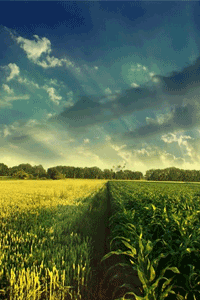
With good soil moisture and early spring rains, summer grain producers are grateful, excited and full of hope for the new season, but input price increases threaten to put severe pressure on the profitability of grains and oilseeds.
Since South Africa is very dependent on imports of inputs, the recent input price increases in international markets have a significant impact on the sustainability of grain production in the local market. Increases in the international market were due to various reasons, including crude oil price increases including gas and coal, trade wars, logistical challenges with shipping and cargo containers, natural disasters, pollution laws and shortages of specifically energy resources (specifically energy) used in the manufacturing process, among others.
Grain SA monitors input prices monthly and warned early this year that it could present major challenges. Grain SA has consequently pleaded with input manufacturers to keep costs for local producers viably low, where possible. Grain SA's latest input report indicate that fertilizer raw materials, certain agricultural chemicals and the wholesale price of diesel are currently trading at record levels.
Input prices have risen on average over a one-year period, with seed by 6%; fertilizer by 128%; agrochemicals by 18% and fuel by 40% (internationally, a basket of energy commodities have basically doubled in the past six months).Taking these increases into account, a typical grain producer's direct input costs are 50% higher year-on-year. Producer’s direct dependence on international markets – as more than 80% of agricultural inputs are imported - together with local infrastructure and unrest challenges further amplifies local input price increases. BFAP conducts an annual global benchmark study in grain-producing countries. From 2015 to 2020, South Africa's grain production costs were 60% higher per ton of grain. Excluding the 2015 and 2016 droughts, it is remains 29% higher.
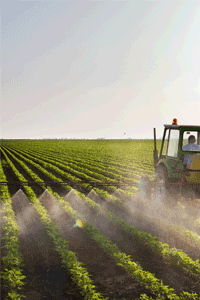
With summer grain producers busy planting, several of the most important inputs have reached historical records.
Prices of fertilizers, certain agricultural chemicals and fuel reached their most expensive levels yet in November. For the latest price movements, the Fertilizer / Agro Chemical report can be obtained here.
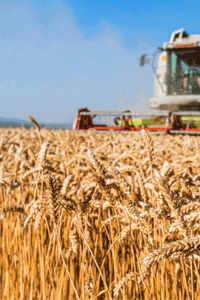
All wheat producers and seed companies are urged to enter now for Grain SA’s Grow for Gold National yield competition in the wheat category. Producers can enter through their seed supplier or directly on the Grow for Gold Website - follow the link for more info: http://groeivirgoud.co.za/en/register/